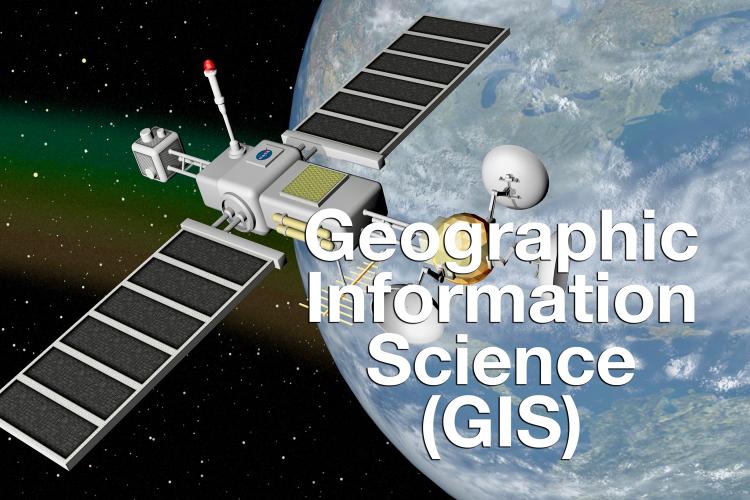Geographic Information Science (GIS)
 GIS, cartography, and remote sensing
GIS, cartography, and remote sensing
Geographers have an ongoing concern with the acquisition, manipulation, and representation of spatial data. The widespread adoption of digital technology coupled with management of very large spatial data sets has led to the development of Geographic Information Science. Particularly with respect to digital information, the nature of geographical data that vary with scale, time, and spectral characteristics presents unique problems for geographers and environmental scientists. [video:https://vimeo.com/225916235/cb052adc9d]In our world of massive amounts of information, geographers use remote sensing methods for collecting and integrating geographical data. They utilize cartography and geographic information systems to uncover spatial patterns and trends, to reconstruct past environmental conditions and to predict future scenarios. The use of such methods requires expertise not covered in human and physical geography concentrations. Conceptually, the societal, political and ethical implications of geographic information in policy and decision-making are only beginning to be understood, and this forms an important component of study in geographic information science. The dissemination of geographic knowledge at all levels of education forms another important component of this.

